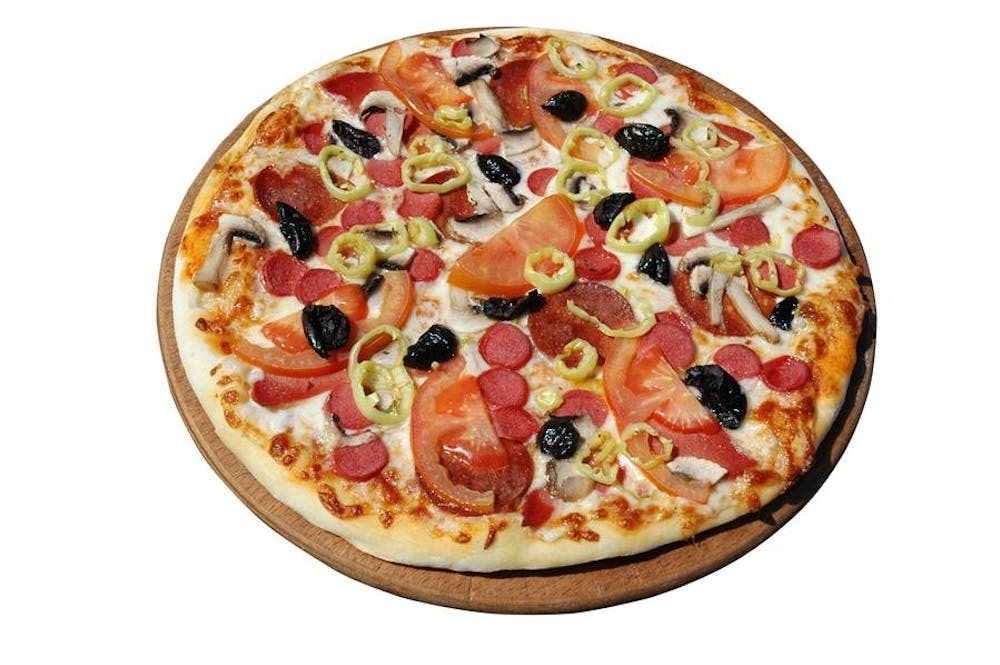It’s late Friday night, and you’re absolutely starving. The Pizza X light is beckoning. You make your way over, get in line behind a group of drunk freshmen, and decide on an order of breadstix with nacho cheese. It's food heaven. What you don’t know is that at 1,384 calories, you just ate over half your day’s calorie requirements in one late-night munching session.
Why are the foods that always taste so good so bad for you?
Registered dietician Catherine Shepherd and Usama Dajani, president and chief executive officer of OA Laboratories and Research Inc. in Indianapolis, explain the science involved in counting calories. Let’s just say we now know why there’s a “Lose It!” app that counts them for us.
Vocab lesson: A calorie is the amount of heat required to raise the temperature of one gram of water one degree Centigrade.
Counting calories goes way back. In the past, scientists used a bomb calorimeter to measure how many calories were in food. After putting food inside the printer-like device, they would measure the amount of energy needed to burn it. This amount determined how many calories were in the food. Now, scientists use the Atwater system, a long set of equations that determine some important basics:
• All food contains fats, carbohydrates, proteins or alcohol.
• Fats contain nine calories per ingested gram.
• Carbs contain four calories per ingested gram.
• Protein contains four calories per ingested gram.
• Alcohol contains seven calories per ingested gram.
• Vitamins, minerals, fiber, and water have no calories.
Dajani prepared a cheat sheet that shows how many calories are in a generic large cheese pizza and a can of Miller High Life Light Beer — every college student’s favorite meal.
1. The calories per slice (200) times the number of slices consumed = 200 for one, 400 for two, etc.
2. The calories per can of beer (110) times the number of beer cans consumed, etc.
Crunching the numbers
Cody Zeller gets 5,000 calories a day? We’re jealous.

Get stories like this in your inbox
Subscribe





